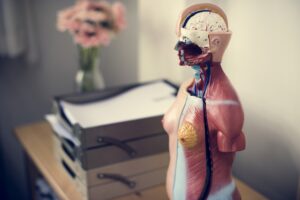 Japanese researchers have successfully raised mice, using stem cells that they transformed into egg cells. Though the technique has so far only been proven using mice, it could one day help infertile human couples to have children without the need for egg donors, researchers say.
Japanese researchers have successfully raised mice, using stem cells that they transformed into egg cells. Though the technique has so far only been proven using mice, it could one day help infertile human couples to have children without the need for egg donors, researchers say.
The team, led by Katsuhiko Hayashi at Kyushu University, took skin cells from the tips of the tails of adult mice and transformed them into induced pluripotent stem cells. These are cells that have been genetically modified to behave like embryonic stem cells, which are capable of forming any adult cell type.
To coax the stem cells into growing into eggs, the researchers treated them with growth factors and hormones taken from mouse ovaries. The eggs were then fertilised using established IVF techniques, before being implanted into the wombs of living mice. “This is the first report of anyone being able to develop fully mature and fertilisable eggs in a laboratory setting right through from the earliest stages of oocyte [egg cell] development,” said reproduction expert Richard Anderson, from the University of Edinburgh, who was not involved in the research. “One day this approach might be useful for women who have lost their fertility at an early age, as well as for improvements in more conventional infertility treatments.”
The method’s far from perfect. Only 11 of the 300 embryos implanted resulted in successful births. What’s more, many of the artificially produced eggs showed slight differences in gene expression from their naturally produced counterparts, suggesting they develop slightly differently.
The next step is for other teams to repeat the result, perhaps in animals such as pigs or sheep, to confirm its validity. But debate of the ethics of using the technique in humans should begin now, says the University of Cambridge’s Azim Surani.
“Ethically, this issue has yet to be discussed fully by the scientists and society. These discussions have occurred in the past, and are continuing within the regulatory bodies, certainly in the UK,” he said. “This indeed is the right time to start a debate and involve the wider public in these discussions, long before and in case the procedure becomes feasible in humans.”









































































































